MEGAPROJECT: THE CIRCULAR REGION
FOCUS AREA: SYSTEMIC CHANGE
CHALLENGE: THE GOVERNANCE OF CIRCULARITY
CHALLENGE DESCRIPTION:
In order to bridge the circularity gap, we need to take a number of steps.
First, how circular is the North Denmark region in fact? Understanding the material and value flows and their associated impacts (e.g. in relation to jobs) and footprints (e.g. water and carbon), encourage goal-setting, assessment, and review, which will in turn serve to benchmark performance and track progress.
Second, bringing together public and private actors in the production of sustainable outcomes requires new insights into the actor dynamics that further (or may act as a barrier to) circular flows in North Denmark. Public policies provide important frameworks for such flows and interactions. Which support such as regulation and incentives can align and coordinate local behaviors and actions in local contexts between firms, public authorities, interest groups and communities? And which act as barriers? How do we create effective circular economy policies and practices?
Third, what is happening internationally? What are the global trends and how can we translate these into a national, regional and local context? Which commercial pathways do they create in our region and in our cities and how can industry and business as well as public authorities on this basis formulate practical strategies that contribute to rather than contradict bridging the circularity gap?
IMPACTED SDGS:
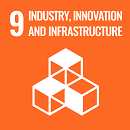
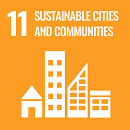
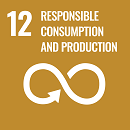
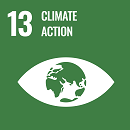
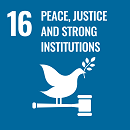
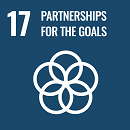
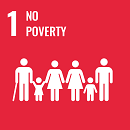
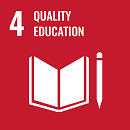
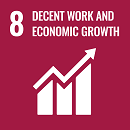
PROPOSED PROJECT PROBLEMS:
- What are the barriers to coordination between private and public actors?
- What bodies of governance – if any – govern ‘The Circular Region’, and to what extent can bodies of private/public governance further problem solving?
- How do local and national policies intersect and affect problem solving in ‘The Circular Region?
- How do different organizational set-ups, routines and values/cultures affect interorganizational cooperation?
- To what extent does the use of IT or digital communication further exchange between actors?
- To what extent is data collected, quality-assured and used for value-added analysis and decision-making and how could this be enhanced (and by whom)?
CHALLENGE PROPOSER:
Kristian Kongshøj
Political science
kongshoj@dps.aau.dk
Andrej Christian Lindholst
Political science
acl@dps.aau.dk
CO-PROPOSERS:
Martin Lehmann
Planning
martinl@plan.aau.dk
Christian S. Jensen
Computer science
csj@cs.aau.dk
